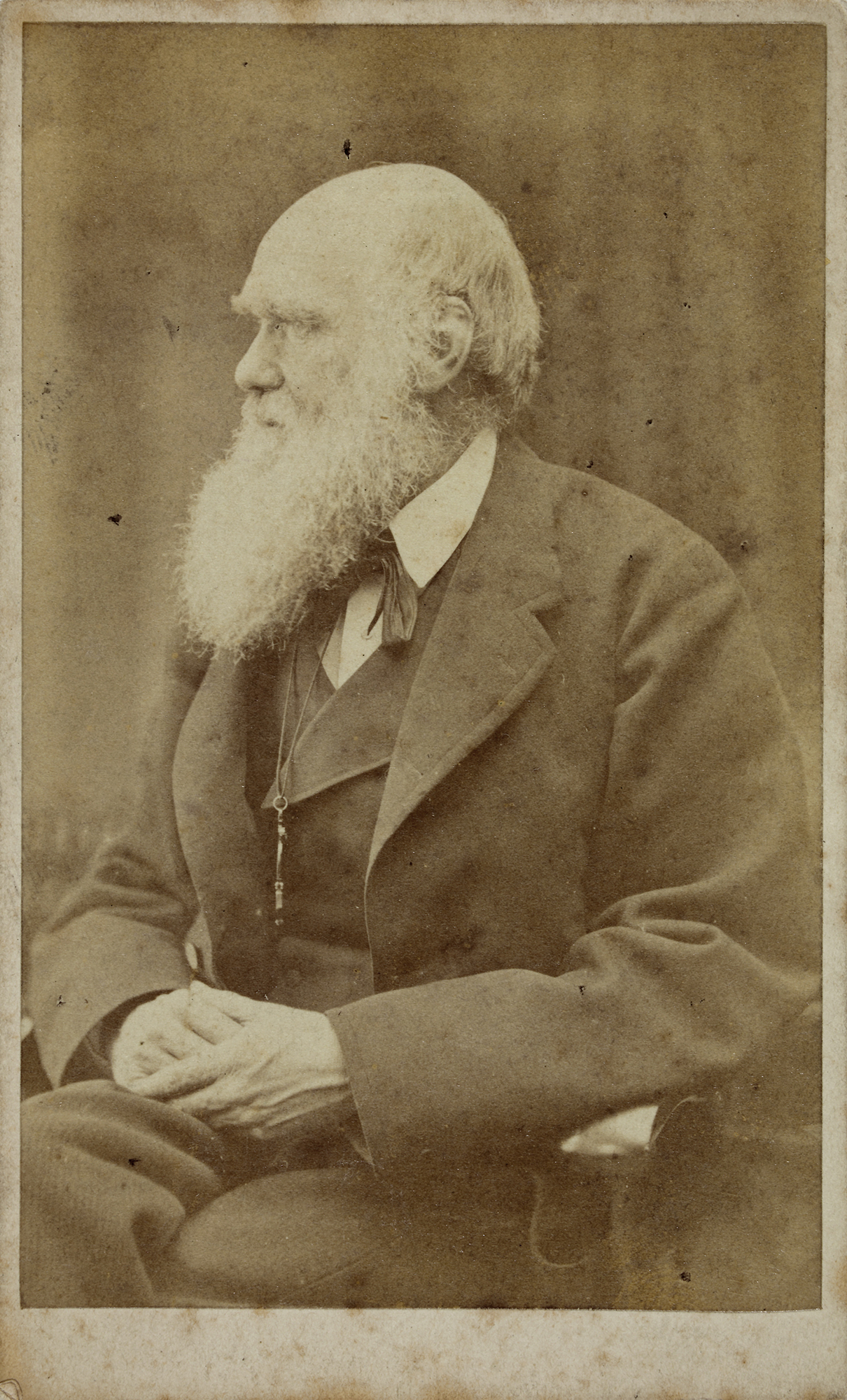Suggestions and information helpful to CD in preparation for Beagle voyage. David Brewster's meteorological papers. Suggests an oyster-trawl for collecting marine animals. Recommends CD see R. E. Grant. For meteorological observations suggests F. W. Beechey's Voyage to the Pacific [1831] and an interview with J. F. Daniell of King's College.
Responds to CD's queries: the bones were received from Mr Keen and shipped to Henslow; expects another collection which he will forward.
Adds news that has arrived at Buenos Aires since CD left.
Sends information about, and dates of treatment of peaty fields. Marl seems to have sunk to the natural stratum of hard white sand which lies below the peat.
Thanks for "Maer Hypothesis" ["Formation of mould" (1840), Collected papers 1: 49-53].
Impressed by CD's theory [of earthworm action].
Recommends CD's paper on "Formation of mould" [Collected papers 1: 49-53; read 1 Nov 1837] be printed in Transactions. Praises it as establishing a new "geological power".
Responds to report of the referee [on his paper "The formation of mould"]. Strikes out a paragraph and wants to add a note. Asks WL's advice about a sentence.
Sends specimens of coralline with vermiform holes.
J. Allan's observations of Aldabra and the Cormoros [see Coral reefs, p. 186] and news of his experiments on the growth of coral.
Sends specimens from Indian Ocean atolls.
Describes siege [of Montevideo].
Reports on appearance and habits of horses and cattle of Falkland Islands; wild rabbits and pigs. Geology of the Falklands, especially of West Island. Discusses supposed discovery of coal. Has sent fossil specimens to CD.
Writes to correct a statement made in his 1837 paper "On the formation of mould" [Collected papers 1: 49-53]. He should have said that marl was put on the field 30 years ago, not 80. Observations made on a visit to the field showed that worms had undermined the marl spread on the field at a faster rate than previously reported.
Darwin Correspondence Project
darwin@lib.cam.ac.uk
© University of Cambridge 2022
Website by Surface Impression



© 2024 University of Cambridge
